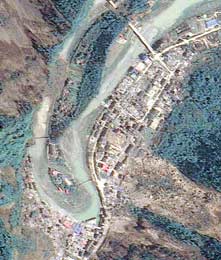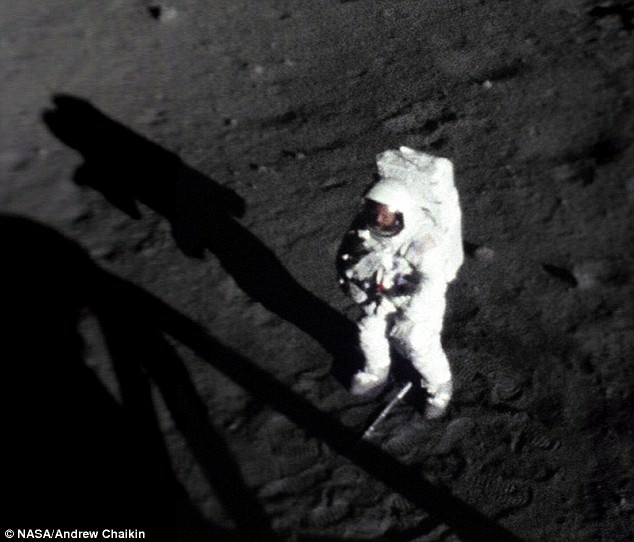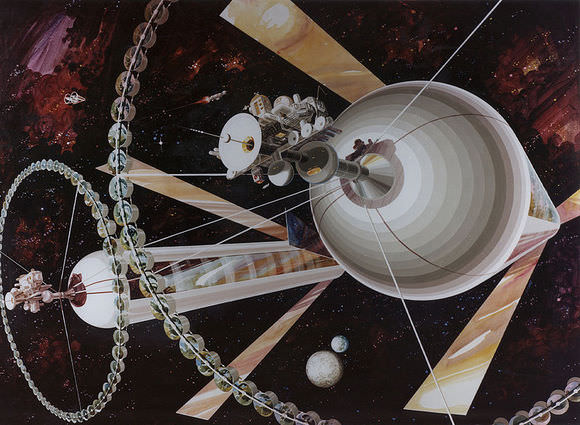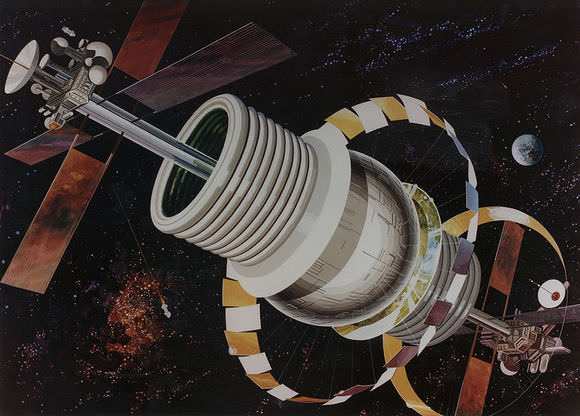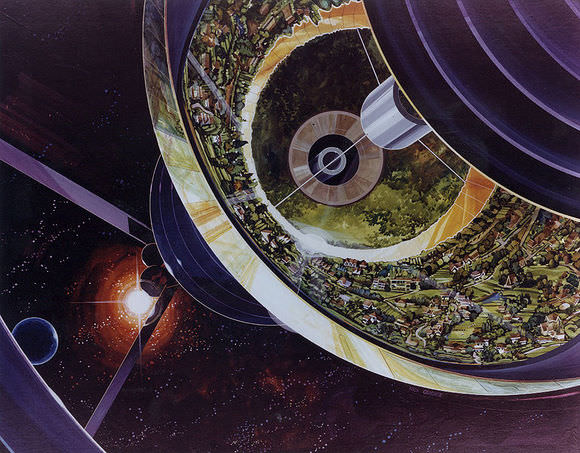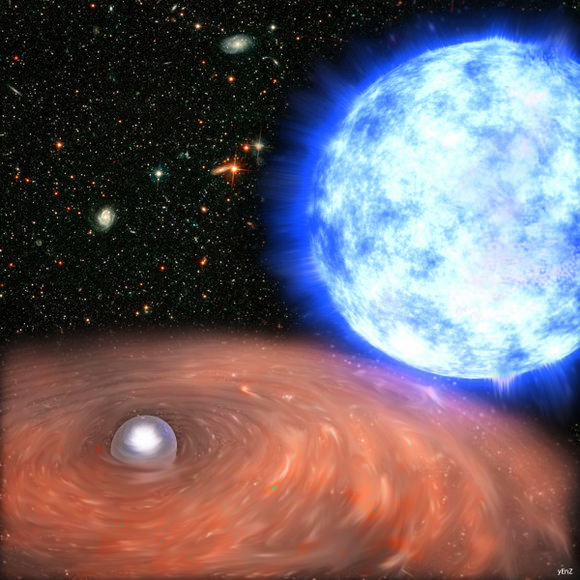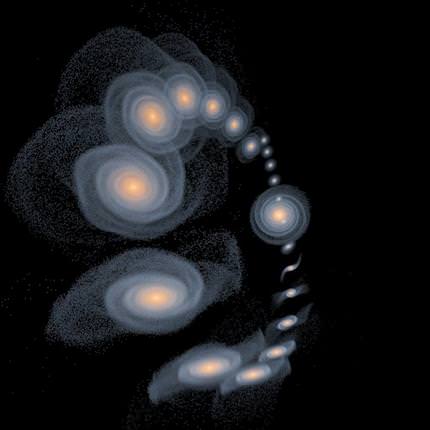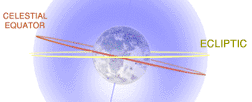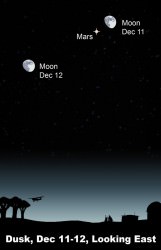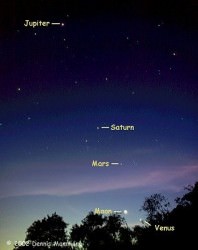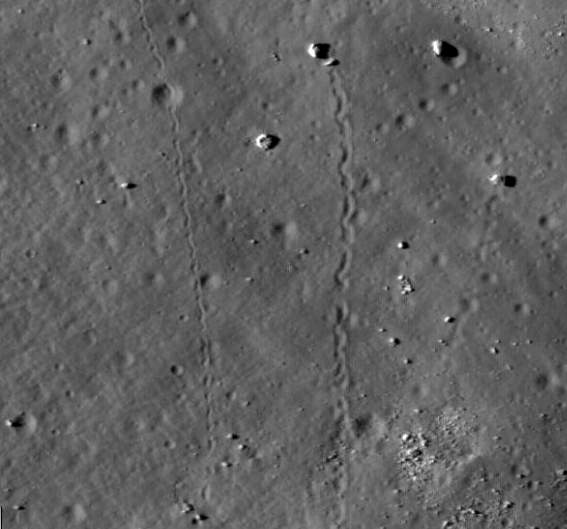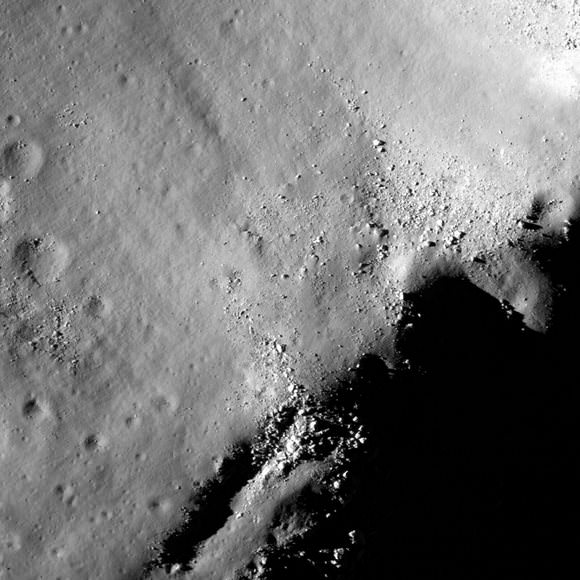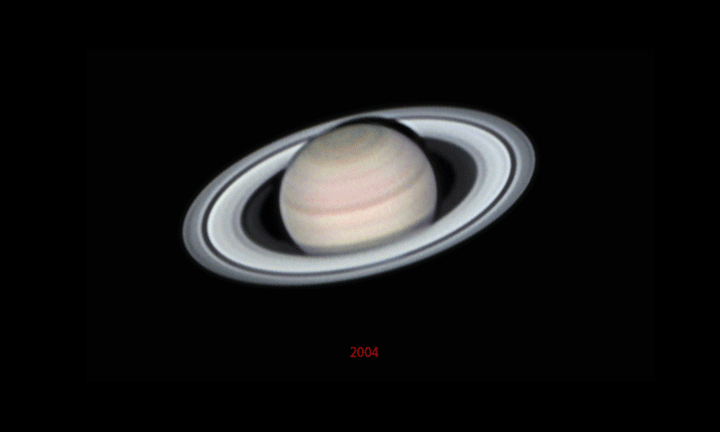Earthquakes are among the most devastating forces of nature. What we have are seven of the world’s most famous earthquakes, chronologically listed below. Not all included here are necessarily the strongest (in terms of magnitude) but they made the headlines when they hit. Here they are:
Shaanxi Earthquake of 1556
– This was the deadliest quake ever recorded. It claimed the lives of about 830,000 people. At that time, most inhabitants in the affected areas were living in Yaodongs or artificial caves. They were buried alive when the huge tremors caused the cliffs in which these caves were located in, to collapse.
San Francisco Earthquake of 1906
– Although its tremors were also felt in Southern Oregon, it is the resulting fire in San Francisco that had a more devastating impact on the economy. Is has been often compared recently to Hurricane Katrina because of its similar economic bearing.
The Great Chilean Earthquake of 1960
– Like the one that hit Asia in 2004, this 9.5-rated quake resulted in a massive tsunami reaching up to as high as 10.7 meters. This magnitude is the highest recorded ever. Although the tsunami originated in Cañete, Chile, the waves raced north-westward to Japan and the Philippines, wreaking havoc there.
Great Alaska Earthquake of 1964
– With a magnitude of 9.2, it is the second strongest earthquake to be ever recorded. It caused tsunamis, landslides, and resulted in major landscape changes. Some places near Kodiak is said to have been raised 9.1 meters high, while those near Portage were dropped by 2.4 meters. Here are more articles about Alaska earthquakes.
Great Tangshan Earthquake of 1976
– This is the deadliest quake of the 20th Century, with the number of deaths hitting somewhere near 250,000. Weak building structures and the time this disaster struck (4 am) contributed a lot to that sickening number.
Bam Earthquake of 2003
– The death toll in this tremor reached over 26,000. Like the one in Tangshan, the use of poor construction materials was one of the leading culprits for the deaths. Most of the affected buildings were made of mud bricks.
Indian Ocean Earthquake of 2004
– The resulting tsunami that killed 230,000 people was caused by a subduction between the India and Burma plate. Its 30 m-high waves destroyed virtually everything in its path, making this quake not only one of the most famous earthquakes but also one of the famous natural disasters in history.
Excluding poor building infrastructure, we can see that high death tolls in these famous earthquakes result when the tremors are accompanied by tsunamis. This happens when the quake’s epicenter is found at the bottom of the ocean.
You can read more about famous earthqueakes here in Universe Today. Here are the links:
There’s more about it at USGS. Here are a couple of sources there:
Here are two episodes at Astronomy Cast that you might want to check out as well:
Sources:
http://en.wikipedia.org/wiki/1906_San_Francisco_earthquake
http://en.wikipedia.org/wiki/2006_Hawaii_earthquake
http://en.wikipedia.org/wiki/1556_Shaanxi_earthquake
http://earthquake.usgs.gov/earthquakes/world/events/1960_05_22.php
http://en.wikipedia.org/wiki/1964_Alaska_earthquake
http://en.wikipedia.org/wiki/1976_Tangshan_earthquake
http://en.wikipedia.org/wiki/2003_Bam_earthquake
http://en.wikipedia.org/wiki/2004_Indian_Ocean_earthquake_and_tsunami

